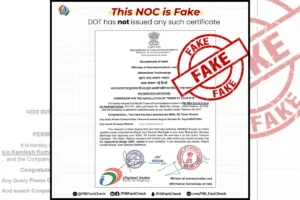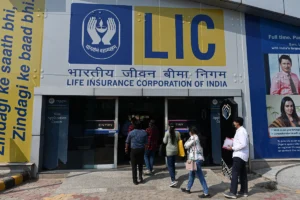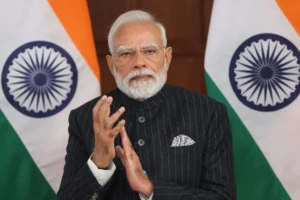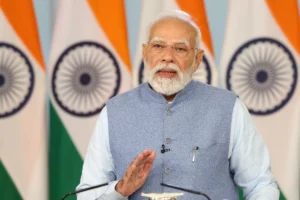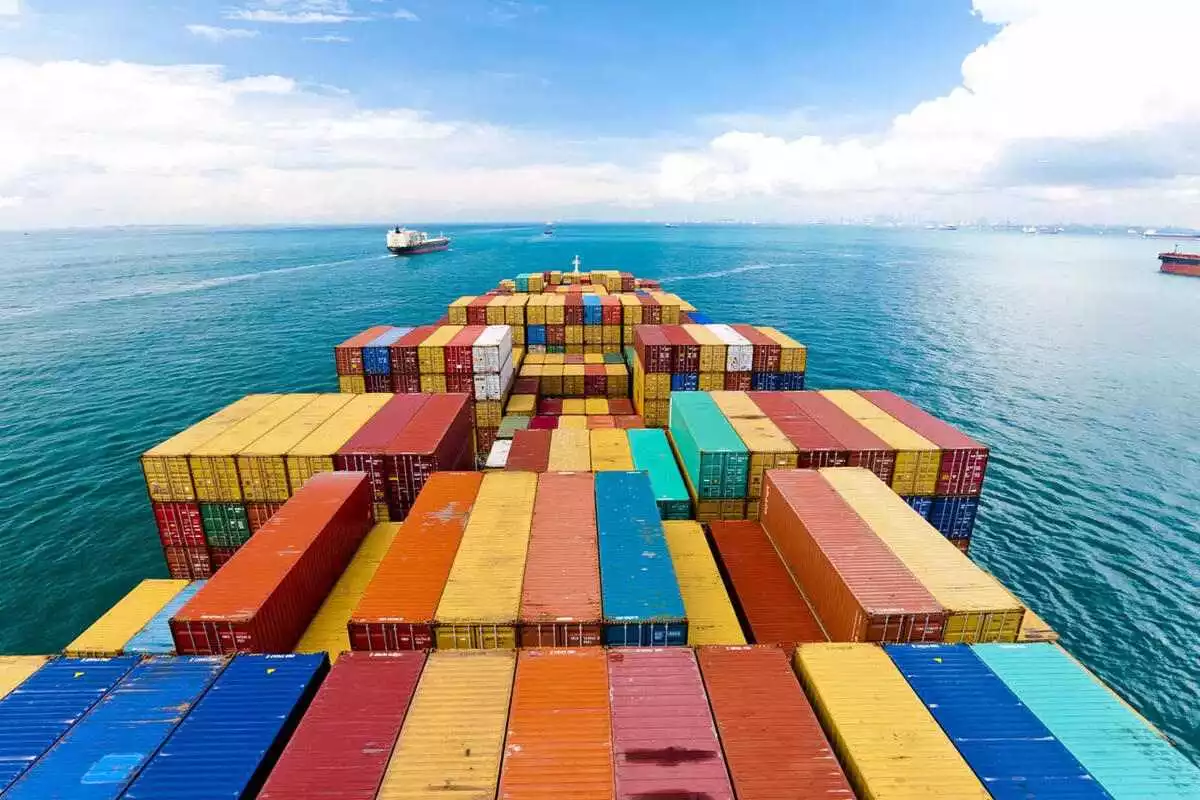
The mounting tensions in the Red Sea region are beginning to exert an adverse impact on India’s export trade. Elevated freight costs and increased insurance premiums are affecting shipments as vessels are compelled to take longer routes, particularly to destinations like the US and Europe. An official highlighted these concerns on Friday, attributing the situation to escalating conflicts near the Bab-el-Mandeb Strait, a vital conduit linking the Red Sea to the Indian Ocean and the Mediterranean Sea.
Recent assaults by Yemen-based Houthi militants have forced shipping companies to reroute their consignments through the Cape of Good Hope. This shift has led to significant delays, approximately extending to 14 days, alongside escalated freight charges and insurance expenses.
Also Read: Young Chess Prodigy Praggnanandhaa Receives Major Support from Adani Group
A high-level meeting convened in the commerce ministry on January 4 delved into the predicaments faced by involved stakeholders, including traders, shippers, container firms, and freight forwarders. During the meeting, it was conveyed that the prolonged routes have augmented turnaround times by 14 days, disproportionately affecting exports destined for Europe, the eastern US coast, and Latin America.
The increased risks due to the attacks have prompted shipping lines to curtail their passage through the Red Sea, favouring the lengthier Cape of Good Hope route that encircles the African continent. This shift has not only led to amplified costs but also raised uncertainties about the safety of shipments, resulting in escalated insurance expenses. Some shipments are opting for the longer route, while certain vessels receive government escorts.
Exporters are grappling with rising freight rates, compelling some to defer shipping their goods. This scenario coupled with the prevalent uncertainties poses a potential risk of container shortages shortly.
The surge in freight rates varies across routes, encompassing heightened risk and peak season surcharges, exacerbating the financial burden on the trade.
Also Read: MS Dhoni Defrauded Of Rs 15 crore: Case To Be Heard In Ranchi Civil Court
The Ministry of Commerce and Industry convened a meeting to assess the crisis’s impact on Indian trade, attended by officials from the Ministry of Ports, Shipping, and Waterways, alongside representatives from various export promotion organizations and the Container Shipping Lines Association.
The disruptions aren’t limited to exports alone; importers foresee inventory shortages if the situation does not ameliorate, as their stocks may last for only a month under prevailing conditions.
A trade expert emphasized that the Red Sea route is instrumental for over USD 100 billion worth of Indian exports annually, which translates to more than USD 8 billion per month. Even a 25% disruption in this route could potentially impact exports by approximately USD 3 billion this year. The expert cautioned that even if attacks cease, normalizing the situation would take a considerable amount of time.
The Bab-el-Mandeb Strait, the Suez Canal, and the Red Sea constitute a swifter trade route compared to the Cape of Good Hope, preferred by most shipping companies. The latter route, although longer and slower, is utilized for bulk cargo or when geopolitical instability in the Middle East raises concerns about utilizing the Suez Canal.
Also Read: Markets Continue Gains For 2nd Session Due To Additional Foreign Fund Inflows
Typically, the Red Sea route commences from major Indian ports like Mumbai, JNPT, or Chennai, traversing the Arabian Sea, Red Sea, Suez Canal, and finally the Mediterranean Sea, reaching European ports. Conversely, the Cape of Good Hope route from the same Indian ports heads southward across the Indian Ocean, rounding Africa’s southern tip before heading northward along the west coast toward Europe via the Mediterranean Sea.
To read more such news, download Bharat Express news apps












